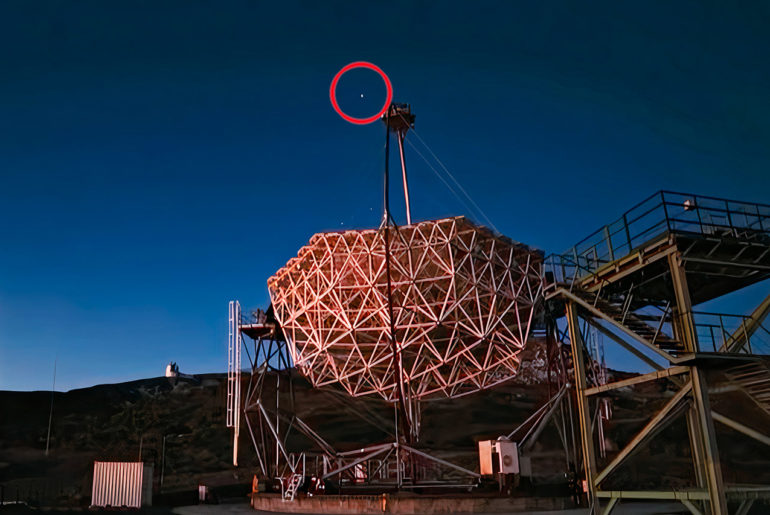
Harvard professor Avi Loeb believes alien technology is waiting to be recovered somewhere in the ocean, while researchers have developed an artificial intelligence-based system designed solely for detecting alien signals. Put simply, the team trained the AI model to recognize signals that natural astrophysical processes couldn’t produce. More specifically , a dataset containing more than 150 terabytes of data collected by the Green Bank Telescope in West Virginia.
In technical terms, this AI system uses a two-step method to identify signals as either radio interference or a potential technosignature: the first uses an autoencoder to identify salient features in the data, powered by four NVIDIA TITAN X GPUs, and second, feeding that data into a random forest classifier to determine if a signal is noteworthy.
- BRIGHT, SHARP VIEWS ANYWHERE: Unlike many beginner telescopes, this quality refractor features fully coated glass lenses and a 80mm aperture for...
- PERFECT FIRST TELESCOPE FOR BEGINNERS: Designed for adults and kids to enjoy together, this beginner-friendly telescope sets up in minutes and...
- EASY NO-TOOL SETUP: No complicated assembly or tools needed. The full-height tripod and telescope tube set up in seconds and pack neatly into the...
First, they are present when we look at the star and absent when we look away — as opposed to local interference, which is generally always present. Second, the signals change in frequency over time in a way that makes them appear far from the telescope,” said Steve Croft, Project Scientist for Breakthrough Listen at the Green Bank Telescope.







